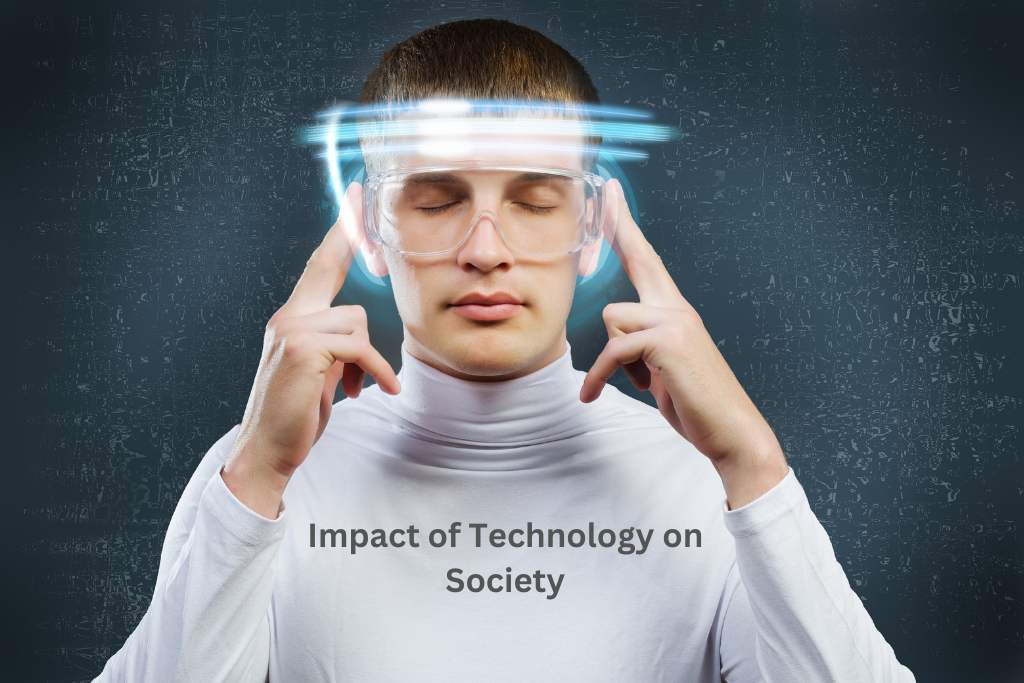While advances in technology have the potential to make our lives easier in many respects, there is a concomitant risk to our mental and physical well-being. Listed below are some of the impacts that occur most frequently. The use of digital devices can cause pressure not only on the eyes but also on the neck and contribute to poor posture. Additionally, it may interfere with our ability to concentrate. In addition to this, it might exacerbate the symptoms of ADHD and make it difficult to sleep. It is even capable of leading to social isolation.
Sedentary Lifestyle
According to a recent Medical News Today article, a growing number of people are concerned about the impact that excessive technology use can have on their mental health. This includes both children and adults. Children and teens are particularly at risk because their brains are still developing. Using technology excessively can also cause eye strain, poor posture, and disrupted sleep.
In one study, adolescent participants who spent more time using computers and watching television were more likely to experience depressive symptoms than those who used their technology less frequently. However, the authors of this study were not able to determine whether high levels of screen time were simply a marker for elevated same-day depression symptoms or if they exacerbated them.

The results of this study are similar to those of other cross-sectional studies examining the relationship between sedentary behaviours and depression symptoms in adolescents. In order to improve the current evidence base, it would be important for future studies to incorporate a definition of sedentary behaviour that includes both computer/internet and TV use.
Social Interactions
A growing body of research has linked excessive technology use to mental health issues. For example, excessive screen time can cause problems with eye health and lead to depression and anxiety. Thankfully, there are ways to combat these negative effects, such as practising mindfulness or setting limits on social media use.
However, there are also positive uses for technology, especially in the area of mental health. For instance, digital tools can help clients take charge of their mental health in a more active way than in-person services. These tools may include online therapists and apps that allow patients to track their symptoms and communicate with their clinicians in real time.

These digital solutions have also increased access to mental health treatment. For instance, teletherapy has been a popular option during the COVID-19 pandemic because it allows people to receive treatment without having to travel long distances. This is a win-win for both clinicians and clients.
Cyberbullying
While bullying is most commonly seen as verbal abuse, it can also take the form of online harassment and impersonation. Cyberbullying is often harder to detect because it can be done without teachers and parents overhearing or seeing it. Because of its public nature, it can be more damaging than traditional bullying because it can damage the victim’s or bully’s reputation permanently. This may negatively impact future employment, college admissions and relationships.

As researchers continue to examine adolescents’ digital technology use, it is important to look at how it impacts their mental health. Just as too much time spent on electronic devices can lead to poor posture, eye strain and disrupted sleep leading to depression and obesity, it is equally critical that we understand how cyberbullying can impact adolescents’ mental health. It can cause low self-esteem and a negative sense of self-worth and make the victim feel isolated from friends and family. This can then lead to substance use and even violent behaviour as coping mechanisms.
Depression
Depression can lead to physical issues, such as low energy and trouble sleeping. It can also impact mental health, resulting in feelings of isolation. Thankfully, technology can help. It is possible to find teletherapy services that can alleviate some of these symptoms, especially for people who live in rural areas.
Some studies have linked social media and screen use to a variety of problems, including decreased self-esteem and body image issues. Additionally, teens who spend too much time online have an increased risk of depression and anxiety.

While many people enjoy the benefits that technology brings to their lives, it is important to keep in mind its potential negative effects on our mental and physical health. This is particularly true during the COVID-19 pandemic when calls to crisis hotlines and suicide rates are on the rise. It’s also a good idea to speak to a counsellor about any concerns you may have. Those with a master’s in clinical mental health counselling or school counselling can find that they have a unique set of skills to help those dealing with this issue.
The article “Scientists Discover Protein That Plays a Key Role in Skin Aging” describes a new skin ageing discovery as well as potential skincare applications. “The Impact of Technology on Mental and Physical Health” investigates both the advantages and disadvantages of technology. The first article discusses cutting-edge skincare research, while the second discusses how technology influences mental and physical wellness. They provide valuable information about current healthy living.










